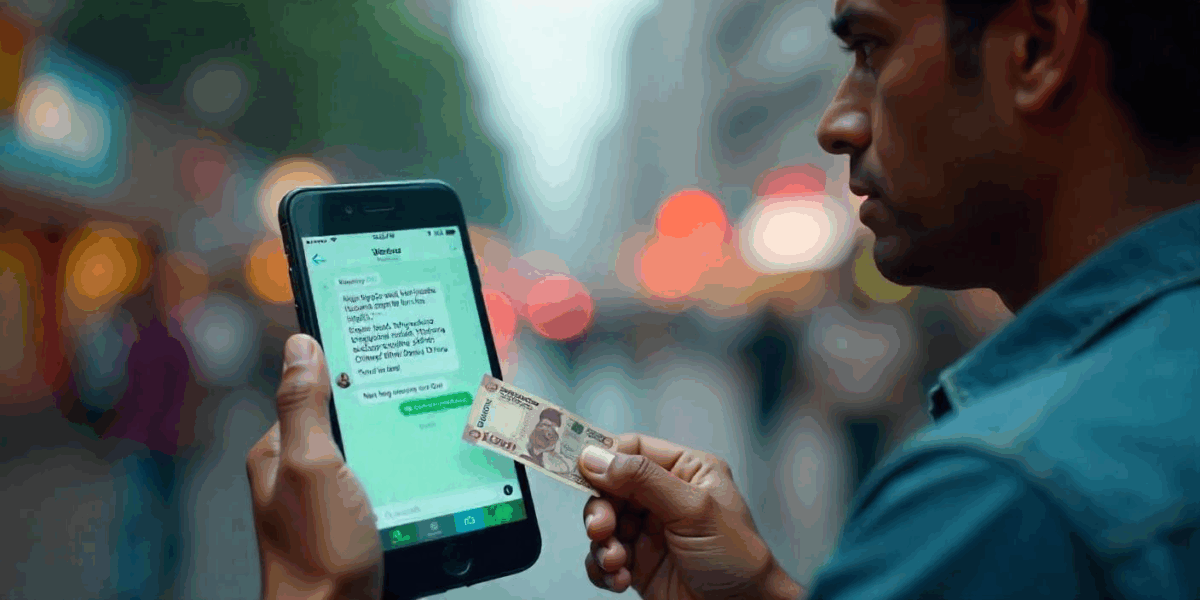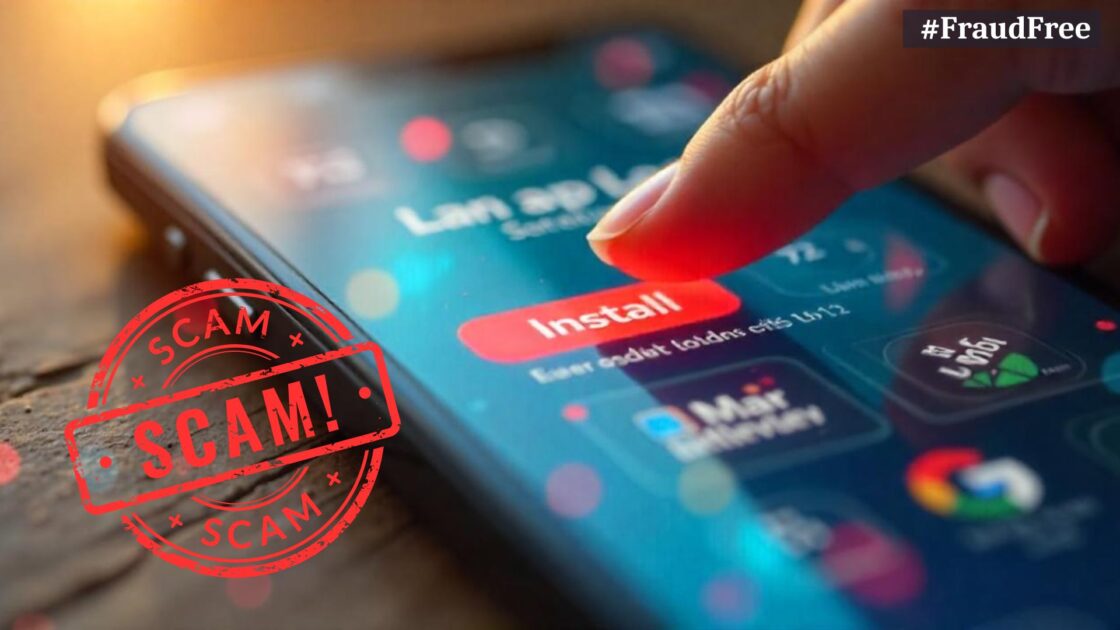“Sirf ek rupaye ka note dikhaiye… ₹4.5 lakh ka inaam payiye!”
That was the message flashing on the screen as 45-year-old Rajesh (name changed), a soft-spoken insurance professional from Santacruz West, paused mid-scroll on a reel. The pitch was bizarre, yes, but also oddly convincing.
“One rupee note ke liye ₹4.53 lakh? What’s the catch?” he muttered to himself, half-laughing.
He clicked the link. Within seconds, WhatsApp opened with a new chat window. The display picture had a generic coin shop logo, and the status read, “Rare currency exchange specialist – Govt.. Authorised”.
“Hello, I saw your ad about the ₹1 note reward. I have one. What do I need to do?”
A reply came swiftly.
“Namaste, Sir. I’m Pankaj from the Coin Museum Shop. Congratulations! You’re eligible for ₹4.53 lakh in exchange. Just fill out a small form and pay a ₹6,160 registration fee. Once verified, the funds will be released from the RBI’s rare currency rewards department.”
Rajesh felt that tingle of curiosity quickly turning into hope. ₹4.5 lakh for an old note tucked away in his drawer? It sounded silly, but what if it was legit?
He made the first payment.
The Escalation
Soon after, Pankaj pinged again.
“Apologies, Sir, there was a miscalculation in processing. We need ₹6,107 more for RBI document clearance. Don’t worry, the first amount will be refunded. Just complete this to proceed.”
The tone was polite and smooth, almost like a real executive. Before he could second-guess, Rajesh paid again.
Then came another message—this time from a man named Arun Sharma. He forwarded what looked like an RBI letterhead with Rajesh’s name, the serial number of the note, and the reward amount.
And the payments kept piling up. In total, over a dozen transfers. Rajesh stopped counting after the fifth one.
The Tipping Point
On the evening of March 28, a final message came.
That’s when the fog lifted.
Rajesh’s heart sank.
“No one upgrades a reward out of generosity,” he whispered. “This is a trap.”
For a moment, he sat in silence, looking at the WhatsApp thread, now muted, now colder than ever. When he tried calling, the number had already gone offline. Telegram group? Vanished. Pankaj and Arun? Unreachable.
He opened his bank app. The damage was real, ₹10.38 lakh gone.
Aftermath
The next morning, he walked into the West Region Cyber Police Station and filed a complaint.
The FIR was registered under relevant sections of the Bharatiya Nyaya Sanhita and the IT Act. Investigations have begun, though the trail, as in many such cases, might already be cold.
If you have been unfortunate and fall victim of any of the cyber fraud, then do not delay reporting. Register with us and get assistance.
Final Thoughts: A Scam That Preys on Hope
This wasn’t the scam of a greedy man. Rajesh wasn’t foolish; he was hopeful. And that’s what the scammers played on. Hope, combined with professional-looking PDFs, urgent-sounding calls, and rewards just out of reach.
What started with a ₹1 note ended with ₹10 lakh lost.
Let this story be a reminder:
If someone offers you lakhs for something trivial, pause, verify, and most importantly, do not pay.
Because in the world of online scams, hope can cost you more than money; it can cost you your peace.







